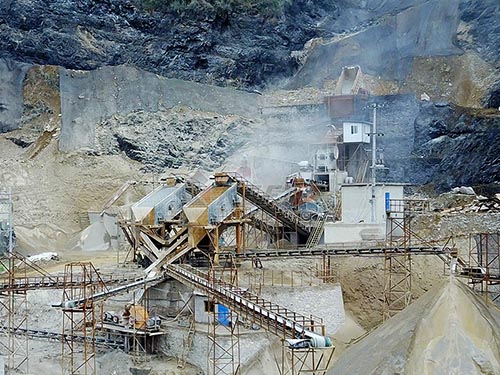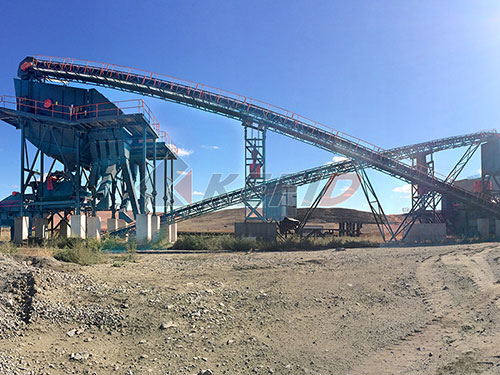Project Of St0ne Crusher On Employee Satisfacti0n
The Ripple Effect: How a Stone Crusher Project Reshaped Employee Satisfaction
The relentless rhythm of the crushing plant – the roar of machinery, the vibration underfoot, the ever-present dust – is the backdrop for countless employees in the aggregates industry. Traditionally, this environment presented significant challenges to employee well-being and satisfaction: high noise levels, exposure to dust and potential hazards, physically demanding tasks, and often monotonous operations. A recent project focused on upgrading a specific stone crusher unit, however, demonstrated that targeted operational improvements can create profound positive ripples through the workforce, significantly boosting employee satisfaction.
Beyond Throughput: Recognizing the Human Factor
While the primary goals of any crushing project typically revolve around increasing production capacity, improving product quality (gradation), reducing operational costs (maintenance, energy), and enhancing reliability, forward-thinking organizations understand that neglecting the human element is counterproductive. Dissatisfied employees experience higher stress levels, are more prone to fatigue-related errors leading to safety incidents, exhibit lower productivity and quality focus, and ultimately have higher turnover rates – all of which erode the very efficiencies such projects aim to achieve.

The Project: A Holistic Approach
This particular stone crusher upgrade project was conceived with a dual mandate: optimize machine performance and improve working conditions. interventions included:
1. Advanced Dust Suppression & Enclosure: Implementing state-of-the-art water misting systems combined with strategic enclosure modifications drastically reduced respirable crystalline silica (RCS) dust exposure at critical points (feeding, crushing, transfer). This directly addressed a major health concern.
2. Noise Abatement Measures: Installing high-performance acoustic lagging on crushers and screens, adding sound-dampening panels around operator stations and control rooms, and optimizing material flow to minimize impact noise significantly lowered ambient noise levels.
3. Automation & Remote Operation: Introducing semi-automated feeding systems and providing remote monitoring/control capabilities from quieter, cleaner control booths reduced the need for constant manual intervention in high-exposure zones.
4. Ergonomic Improvements: Redesigning access platforms for safer and easier maintenance access points for lubrication and inspection points reduced physical strain.
5. Enhanced Visibility & Lighting: Improving lighting around the crusher area and installing cameras for better visibility into critical processes enhanced situational awareness and safety.
Measuring the Impact on Satisfaction
The project's impact wasn't just measured in tons per hour or decibel reduction. Pre- and post-project employee satisfaction surveys revealed significant shifts:



